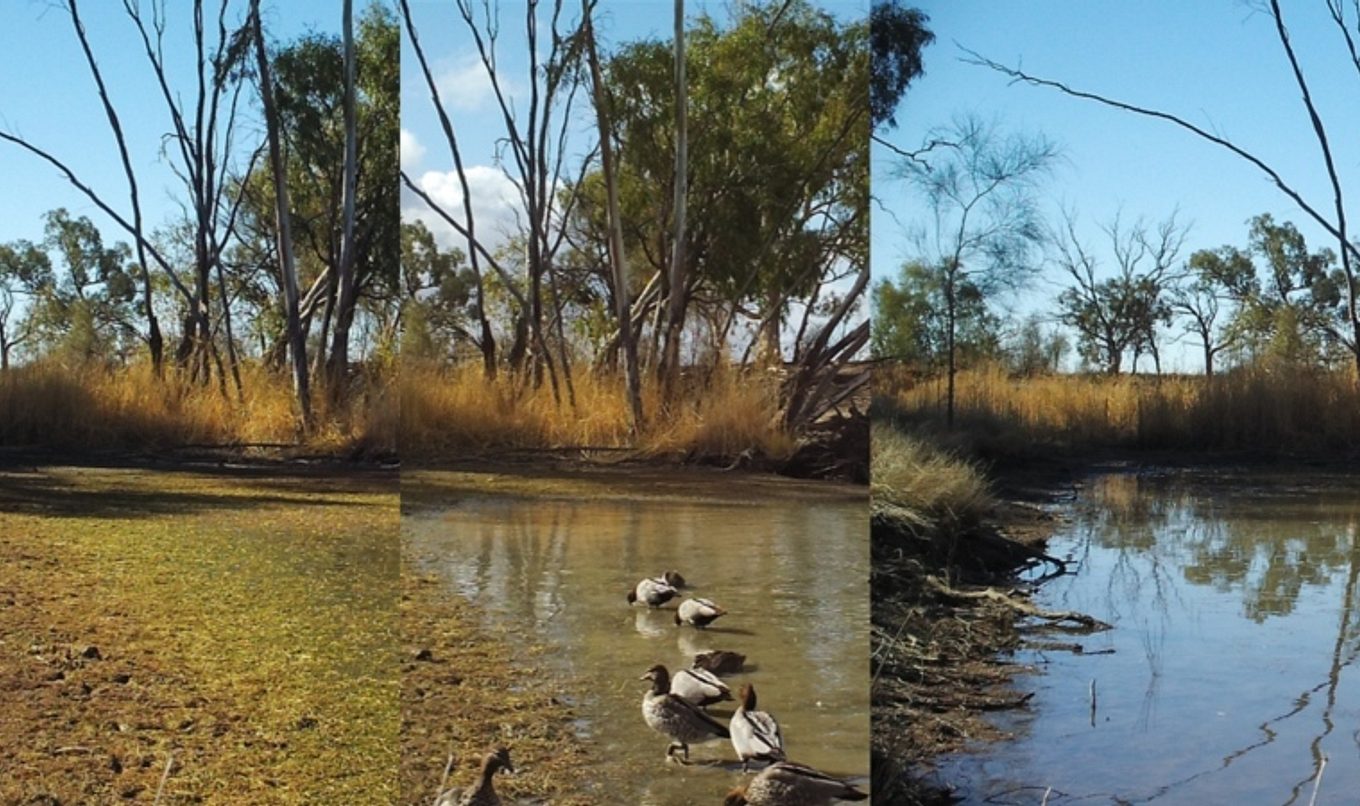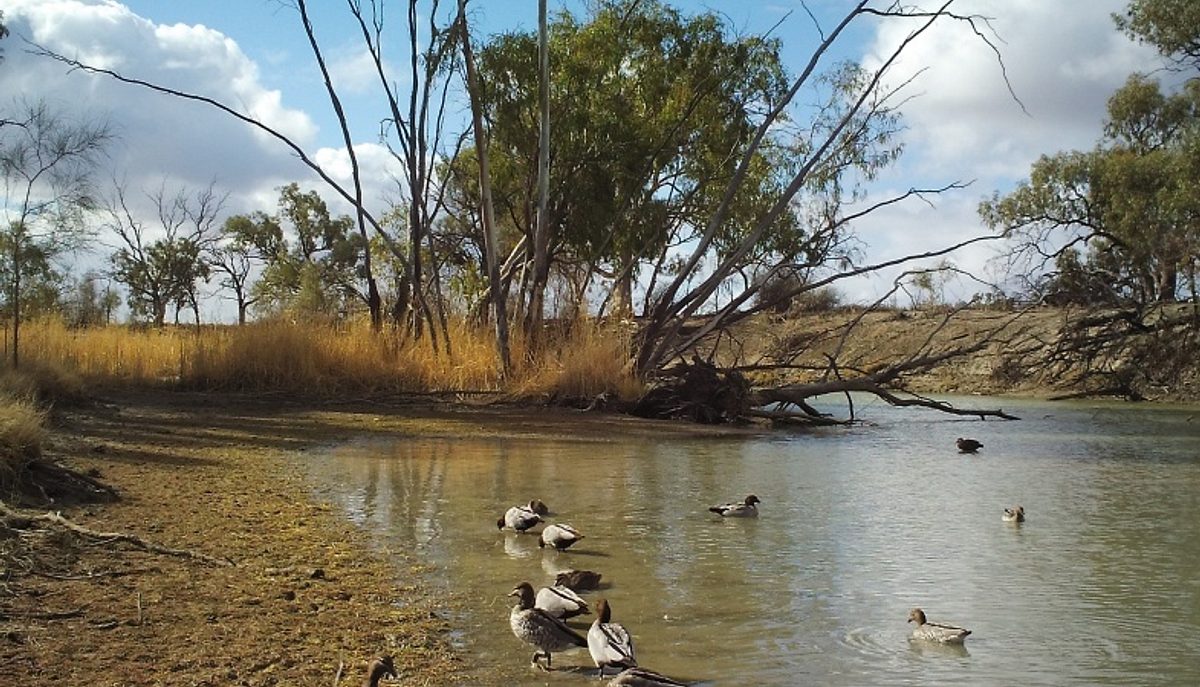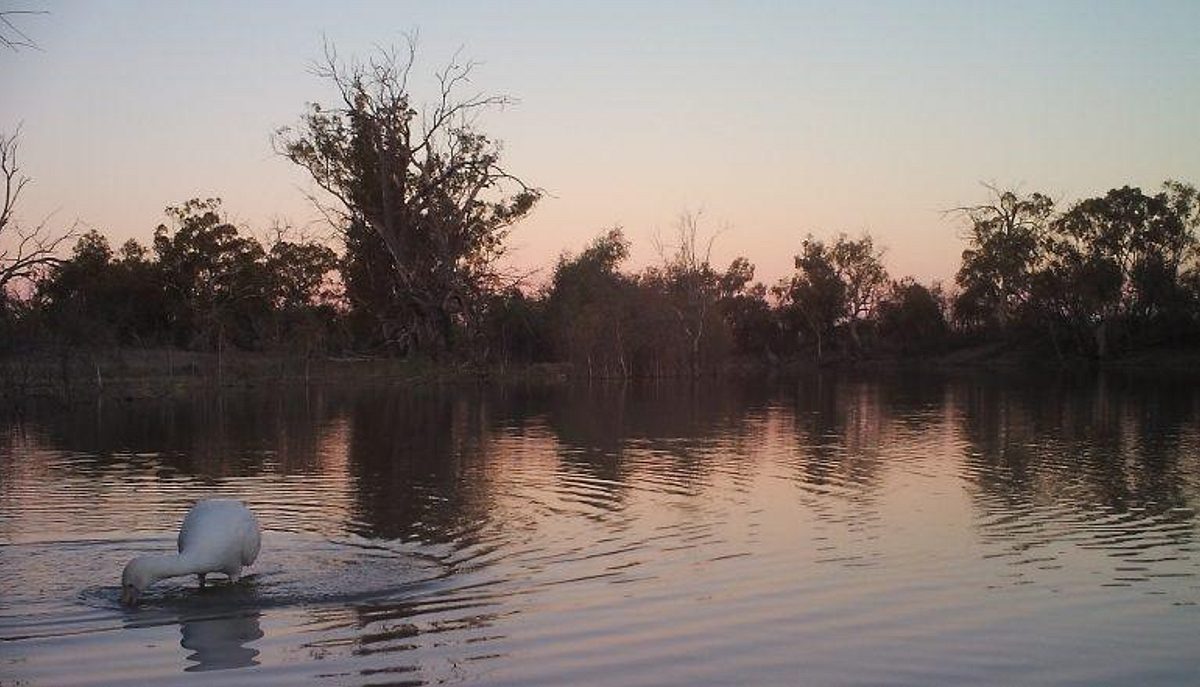Time-lapse photos capture the benefits of varying river levels
Time-lapse photos have captured the benefits of the deliberate lowering then raising of water levels along the River Murray.

The controlled lowering and raising of water levels - known as weir pool manipulation - has ensured the right amount of drying and wetting of fringing wetlands on the Chowilla floodplain, particularly at Punkah Creek.
Department for Environment and Water ecologist Daniel Hanisch said when water levels are varied this drives growth of plants and microscopic life along the riverbank.
“This increased growth due to water level variations provides energy up through the food chain to fish and birds,” Mr Hanisch said.

A series of time-lapse photographs taken at Punkah Creek on the Chowilla floodplain, this side of the SA-NSW border, show wildlife responding to varying water levels.
Mr Hanisch said lowering of the water level at Lock 6 exposed parts of the banks along the river and creeks.
“The lowering allowed native plants to germinate in some areas that they hadn’t for a long time,” Mr Hanisch said.
“As the waters receded, floating aquatic plants were deposited on the exposed banks. As these stranded plants died they decomposed, and attracted bugs to the area.
“As the water level returned, spoonbills, swans and ducks as well as little fish were attracted to feed on the bugs and decomposed plants.

“The little fish then attracted fish-eating herons and larger fish, and the big fish attracted birds, like pelicans and cormorants, to feed on them.
“The lowering and raising of water levels provides the drying and wetting of riverbanks, wetlands and floodplains, and we can see the benefit to the ecosystem.”
Department for Environment and Water River Murray Operations Manager Jarrod Eaton said this approach is very different to the historic practice of managing for stable river levels.
“The program instead mimics seasonal conditions by lowering water levels in autumn, then raising water levels in spring.
“While conditions are quite dry, we do limit water for environmental purposes, but we don’t stop providing it.
“Stopping water for the environment would further damage the river, and would hurt all that depend on it, plus make it harder for the river to recover from dry years.”
The weir pool manipulation program has been running since 2014.


